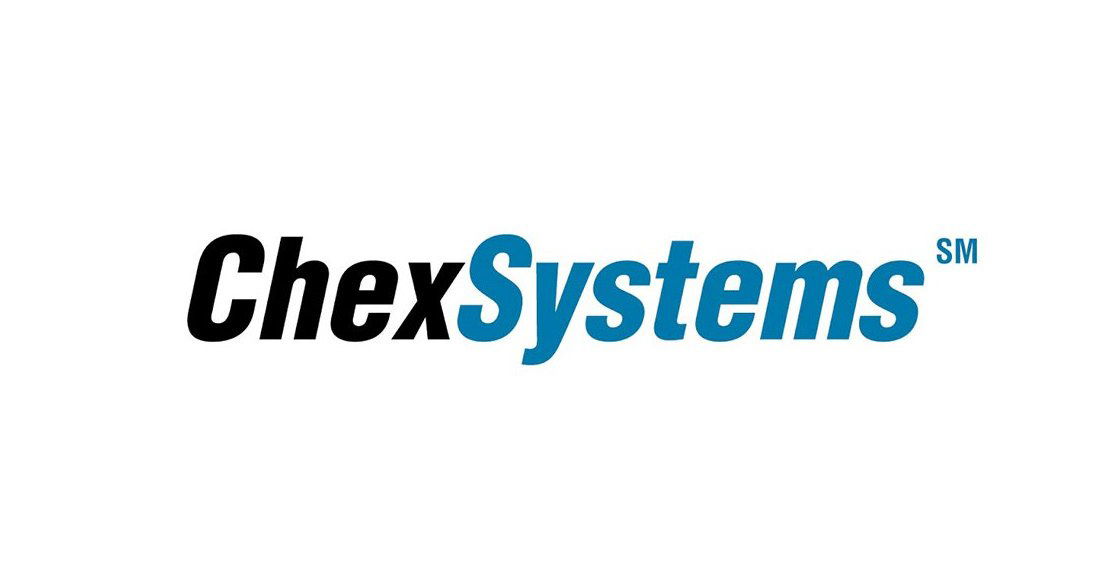Need to send money fast but not sure whether to use Zelle or Venmo? One is built into your bank. The other feels like a social network. Both can move money in a pinch—but depending on your priorities, one may be a lot more convenient than the other.

Zelle and Venmo are two of the most popular payment apps in the U.S., but they serve slightly different purposes. Zelle is all about speed and simplicity. Venmo adds a social layer and more flexibility, especially for casual group payments.
In this guide, we’ll break down how Zelle and Venmo compare on fees, transfer limits, security, usability, and more—so you can pick the app that fits your life best.
Zelle vs. Venmo: Quick Comparison
Before we get into the full breakdown, here’s a quick look at how Zelle and Venmo stack up across the most important categories.
| Feature | Zelle | Venmo |
|---|---|---|
| Speed | Instant transfers between participating banks | 1–3 business days unless you pay for Instant Transfer |
| Fees | Free to send and receive | Free for most personal payments; fees apply for credit cards and instant transfers |
| Transfer Limits | Set by your bank; $500/week with Zelle app only | $999.99/week unverified; up to $19,999.99/week once verified |
| Where It Works | Inside your bank’s mobile app | Requires separate app |
| Holds Funds? | No—money goes straight to your bank account | Yes—you can store a balance in your Venmo wallet |
| Social Features | None | Yes—transaction feed with likes and comments |
| Business Use | Not supported | Supported with a business profile |
| Best For | Fast, bank-to-bank transfers | Social payments, group expenses, and small business |
This table gives you the basics at a glance. If you’re just looking for the faster or more flexible option, the answer might already be clear. But if you want to understand the details that could affect how you use these apps day-to-day, keep reading—we break it all down in the sections below.
Zelle Overview
Zelle is a peer-to-peer payment service backed by many of the largest banks and credit unions in the U.S. It’s built into most mobile banking apps, which means you don’t need to download a separate app if your bank already supports it.
What It Is
Zelle is a bank-to-bank transfer service that lets users send money directly from one checking account to another. It’s not a digital wallet, and it doesn’t store your money. It simply moves funds between accounts, usually within minutes.
How It Works
If your bank or credit union offers Zelle, you can send money through your regular banking app using just the recipient’s email address or phone number. If your bank doesn’t offer Zelle, you can still use the standalone Zelle app, but your sending limits may be lower.
There’s no middle step. Once you hit send, the money goes directly into the other person’s bank account. There’s no need to “cash out” or transfer money from a balance.
Who It’s Best For
Zelle is a great fit for people who:
- Want speed – Transfers are typically completed within minutes between participating banks.
- Don’t want another app – Zelle works inside most major banking apps.
- Prefer simplicity – There are no social feeds, no stored balances, and no extra features.
It’s best for straightforward, fast transfers between people who already have U.S. bank accounts.
Venmo Overview
Venmo is a mobile payment app owned by PayPal. It’s known for making money transfers easy and social, often used for splitting dinner bills, rent, or shared expenses.
What It Is
Venmo is a digital wallet that allows you to send, receive, and hold money within the app. You can keep a balance in your account or move funds to and from your linked bank or debit card. It also works with some online stores and offers a branded debit card.
How It Works
To use Venmo, you need to download the app and create an account. You can link your bank account, debit card, or credit card. Money sent to you lands in your Venmo balance, which you can use for future payments or transfer to your bank.
Venmo also includes a social feed where you can see payments between friends (without dollar amounts) and leave comments or emojis on transactions. Privacy settings can be adjusted, but by default, payments are shared publicly with friends.
Who It’s Best For
Venmo is ideal for people who:
- Split expenses often – It’s widely used among friends and roommates for sharing costs.
- Like having a balance – You can hold funds in the app or transfer them to a bank account.
- Enjoy the social aspect – The feed makes it feel more interactive than other payment apps.
It’s also useful for small businesses that want to accept payments without traditional merchant tools.
Zelle vs. Venmo: Side-by-Side Comparison
Both Zelle and Venmo let you send and receive money from your phone, but the way they work—and who they work best for—can be very different. Here’s how they compare across key categories.
Transaction Speed
Zelle is faster for most users. Since it sends money directly from one bank account to another, the transfer usually happens within minutes—especially if both people use a participating bank.
Venmo transfers are instant within the app, but getting that money to your actual bank account takes longer. Standard transfers take one to three business days. If you want your money sooner, you’ll need to pay a fee for an Instant Transfer.
Fees
Zelle doesn’t charge fees. If you send or receive money through your bank’s app using Zelle, there’s no cost at all.
Venmo is free for personal payments using a linked bank account, debit card, or Venmo balance. But there’s a 3% fee if you use a credit card. Instant Transfers cost 1.75% of the amount transferred, with a $0.25 minimum and $10 maximum.
Transfer Limits
Zelle limits depend on your bank. Some allow you to send several thousand dollars per day. If your bank doesn’t offer Zelle and you use the standalone app, you’re limited to $500 per week.
Venmo starts with a $999.99 weekly limit for new users. Once your identity is verified, that limit increases to $19,999.99 per week for person-to-person payments, with a $5,000 per transaction cap.
Security
Both apps use encryption and multifactor authentication to protect your information. Zelle has the added benefit of being embedded in your bank’s app, which means it uses your bank’s security features.
Venmo offers strong security as well, but its default public transaction feed could make some users uncomfortable. You can adjust your privacy settings to keep your payments private.
Usability
Zelle is simple to use, especially if your bank supports it. There’s no separate app or login to manage, and the money goes straight to the recipient’s account.
Venmo takes a few more steps. You need to sign up, link a payment method, and transfer money out if you want it in your bank. But the app is user-friendly and designed to be social and interactive.
Social Features
This is where Venmo stands out. Payments show up in a social feed by default, allowing users to like or comment on transactions. It’s a big reason why Venmo is popular among friends splitting bills or sending casual payments.
Zelle doesn’t have a social feed. There are no emojis, no public notes, and no sharing. It’s all business.
Business Use
Zelle is meant for personal payments only. Using it for business could get your account flagged or blocked.
Venmo allows business transactions, but you’ll need to create a business profile. There are fees involved, but it’s a simple way for small businesses or side hustles to accept payments without a full merchant setup.
Bank Integration
Zelle is built directly into the apps of most major U.S. banks and credit unions. If your bank supports it, you don’t need to sign up or download anything else.
Venmo isn’t tied to your bank. It operates independently, and you’ll need to manually link your accounts to send or withdraw money.
When to Use Zelle
Zelle is the better choice if:
- You need to send money fast
- You and the other person both use a participating bank
- You want money to go straight into a bank account
- You don’t want to sign up for another app
It’s ideal for rent, family transfers, or paying someone back when both parties already have traditional bank accounts.
When to Use Venmo
Venmo is a better fit if:
- You often split expenses with friends or roommates
- You like keeping a balance in the app
- You want a digital wallet with a social feel
- You’re running a small business or side hustle and want an easy way to accept payments
Venmo is more flexible than Zelle, but it comes with a few extra steps and potential fees.
Final Verdict
Zelle and Venmo both make it easy to send money, but they’re built for different types of users.
Zelle is better for fast, no-frills bank transfers. If your bank supports it, you don’t need to download anything or wait for money to show up. It’s the fastest way to send cash directly from one account to another—without fees, delays, or extra steps.
Venmo, on the other hand, is more flexible. It works well if you split expenses often, prefer to keep a balance in the app, or run a small business. The social feed isn’t for everyone, but for many users, it’s part of the appeal.
If speed and simplicity matter most, go with Zelle. If you want a digital wallet that adds some personality—and you don’t mind waiting a little longer for transfers—Venmo could be the better choice.
Frequently Asked Questions
Can both apps be used internationally?
Zelle is limited to transactions within the U.S. between participating banks. Venmo, on the other hand, can be used for transactions between U.S. residents and also works with some international cards. However, both apps primarily cater to users based in the United States.
What happens if you send money to the wrong person?
With both Zelle and Venmo, you should double-check the recipient’s details before sending money, as reversing transactions can be challenging. In some cases, transactions may not be reversible. If you accidentally send money to the wrong person, it’s best to contact the app’s customer support immediately for assistance.
How to handle disputes and refunds?
In case of disputes or refund requests, both Zelle and Venmo advise users to try to resolve the issue directly with the other party involved. If that doesn’t work, you can contact each app’s customer support for further assistance. Keep in mind that neither app guarantees a refund for unauthorized transactions or payment disputes, so exercise caution when sending money.
Can I link multiple bank accounts to Zelle or Venmo?
Zelle allows you to link multiple bank accounts, but you can only have one active account at a time. On the other hand, Venmo allows you to link and transfer funds between multiple bank accounts.
Can I cancel a payment once it’s sent?
In most cases, Zelle payments are instant and cannot be canceled once they’re sent. However, if the recipient has not yet enrolled with Zelle, the payment will remain pending and the sender may be able to cancel it. Venmo payments to existing users are also instant and can’t be canceled. If you paid a new user or an email address, you can cancel the payment on the Venmo app until they claim it.
How do I dispute a charge on Zelle or Venmo?
With both Zelle and Venmo, the first step is to contact the person you sent money to. If that doesn’t resolve the issue, you can file a dispute through your bank (for Zelle) or through Venmo’s support team.
Do I need a specific type of bank account to use Zelle or Venmo?
You don’t need a specific type of bank account to use either service. As long as your bank account is based in the U.S., you should be able to use it. However, certain features may only be available with participating banks.
Can I use Zelle or Venmo to pay in stores?
Zelle is primarily designed for peer-to-peer payments and isn’t typically accepted as a payment method in stores. Venmo, however, can be used to pay at many retailers and other businesses that accept PayPal. Venmo also offers a Venmo MasterCard debit card that can be used anywhere MasterCard is accepted in the U.S.



